Hayssen, Virginia; Van Tienhoven, Ari; and Van Tienoven, Ans. Asdell’s Patterns of Mammalian Reproduction: A Compendium of Species-Specific Data. Cornell University, 1993.
Hunter, Luke; and Barrett, Priscilla. 2011. A Field Guide to the Carnivores of the World. London, Cape Town, Sydney, Auckland: New Holland Publishers (UK) Ltd.
Jennings, A. P.; and Veron, J. 2009. "Family Viverridae (Civets, Genets, and Oyans)." In: Don E. Wilson and Russel Mittermeier (Hrsg.) Handbook of the Mammals of the World Volume 1: Carnivores. Lynx Edicions.
Jukofsky, Diane for the Rainforest Alliance. 2002. Encyclopedia of Rainforests. Westport, CT: Oryx Press.
Kingdon, Jonathon; Happold, David; Butynski, Thomas; Hoffmann, Michael; Happold, Meredith; and Jan Kalina (eds.). 2013. Mammals of Africa, Volume 5: Carnivores, Pangolins, Equids and Rhinoceroses, edited by Jonathan Kingdon and Michael Hoffmann. Bloomsbury Publishing.
Kondo, H.; Tesar, J.; Cloud, D.; Kagan, L. (eds.). 1972. Civets, Genets, and Linsangs, Volume 2, 3rd Edition. Milan: Fratelli Fabbri Editori.
Larivière, Serge. 2004. "Civets, Genets, and Linsangs." Pp. 335-339 in Grzimek's Animal Life Encyclopedia, Second Edition. Volume 14: Mammals III, edited by Michael Hutchins, Devra G. Kleiman, Valerius Geist, and Melissa C. McDade. Farmington Hills, MI: Gale Group, Inc., division of Thomson Learning Inc.
Lönnberg, Einar. 1917. "Mammals Collected in Central Africa by Captain E. Arrhenius."
With 12 plates and 11 figures in the text. Kungliga Svenska Vetenskapsakademiens Handlingar, Band 58, No. 2: 1-110.
Myers, P.; Espinosa, R.; Parr, C.S.; Jones, T.; Hammond, G.S.; and Dewey, T.A. 2014. “Genetta servalina: Servaline Genet.” The Animal Diversity Web (online). University of Michigan Museum of Zoology. Retrieved May 18, 2014.
Nowak, Ronald M. 1999. Walker's Mammals of the World, Sixth Edition. Volume I. Baltimore: Johns Hopkins University Press.
Pakenham, R.H.W. 1959. "Kiswahili Names of Birds and Beasts in the Zanzibar Protectorate." Swahili: The Journal of the East African Swahili Committee 29(1):34-54.
Rosevear, Donovan Reginald. 1974. The Carnivores of West Africa. London: Trustees of the British Museum (Natural History).
Rovero, F.; Doggart, N.; Bowkett, A.; and Burgess, N. 2006. "New Records for Lowe's Servaline Genet from the Eastern Arc Mountains of Tanzania". Oryx 40(2):139.
“Servaline Genet.” The Animal Files: Mammals > Carnivores. Retrieved May 18, 2014.
"Servaline Genet, Genetta Servalina." redOrbit: Reference Library > Mammals. Retrieved May 20, 2014.
Servaline Genet: Genetta Servalina." Tanzania Mammal Atlas Project: Mammals > Large Mammal List > Civets and Genets. Arusha, Tanzania: The Tanzania Mammal Conservation Program, Tanzania Wildlife Research Institute. Retrieved May 20, 2014.
"Servaline Genet Pictures and Facts." The Website of Everything: Animals > Mammals > Carnivora > Viverridae > Viverrinae > Genettae. Retrieved May 20, 2014.
Sillero-Zubiri, C.; and Marino, J. 1997. "The Status of Small Carnivore Species in Niokolo-Koba National Park, Senegal." Small Carnivore Conservation 17:15-19.
Thomas, Oldfield. 1901. "On the More Notable Mammals Obtained by Sir Harry Johnston."Proceedings of the Zoological Society of London (2): 85 - 90.
Thomas, Oldfield. 1902. “A New Genet from British East Africa.” Annals and Magazine of Natural History 9(7):365-366.
Van Rompaey, H.; and Colyn, M. 1998. "A New Servaline Genet (Carnivora, Viverridae) from Zanzibar Island." South African Journal of Zoology 33:42–46.
Van Rompaey, H.; Gaubert, P.; De Luca, D.; Rovero, F.; and Hoffmann, M. 2008. "Genetta servalina." In: IUCN 2013. International Union for Conservation of Nature and Natural Resources Red List of Threatened Species. Version 2013.2. Retrieved May 20, 2014.
Veron, Geraldine. 2010. “Phylogeny of the Viverridae and ‘Viverrid-like’ Feliforms.” Pp. 64-90 in Carnivoran Evolution: New Views on Phylogeny, Form and Function edited by Anjali Goswami and Anthony Friscia. Cambridge University Press: Cambridge Studies in Morphology and Molecules.
Wilson, Don E.; and Cole, F. Russell. 2000. Common Names of Mammals of the World. Washington, D.C.: Smithsonian Institution Press.
Wilson, Don E.; and Reeder, DeeAnn M. (editors). 2005. Mammal Species of the World: A Taxonomic and Geographic Reference (3rd ed), Johns Hopkins University Press.
Wrobel, Murray (Editor). 2007. Elsevier's Dictionary of Mammals: Latin English German French Italian. Oxford, U.K.: Elsevier B.V.


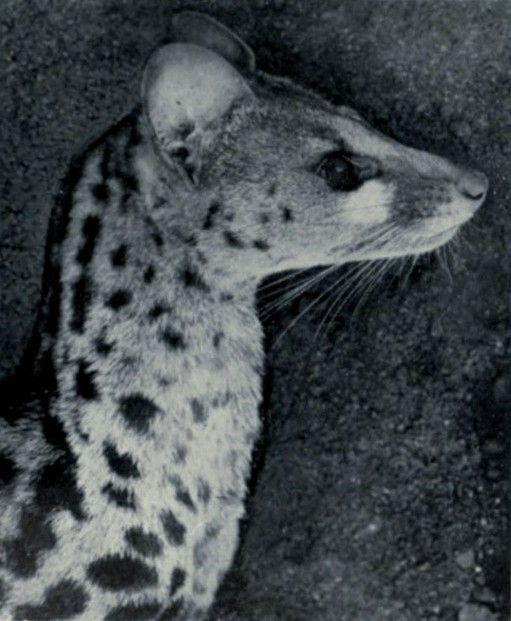
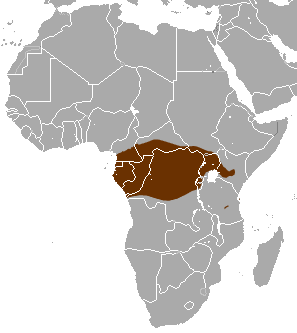
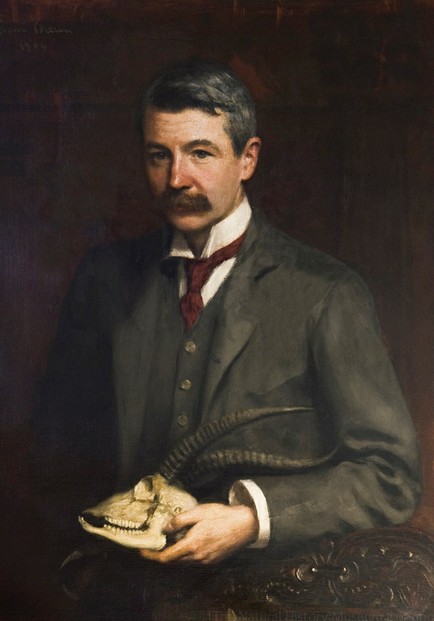
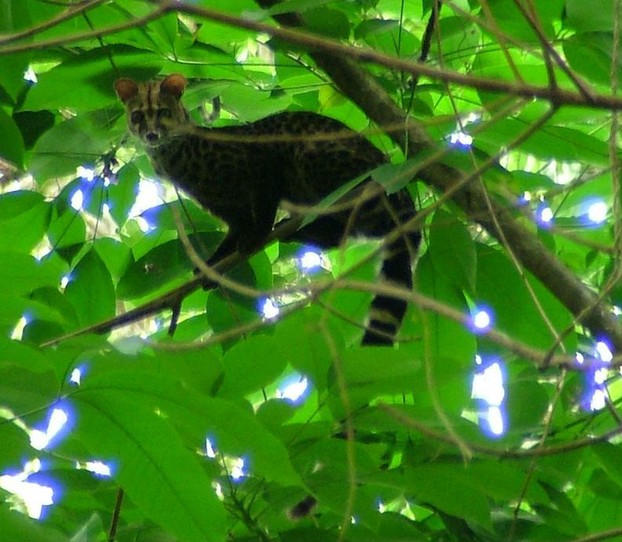
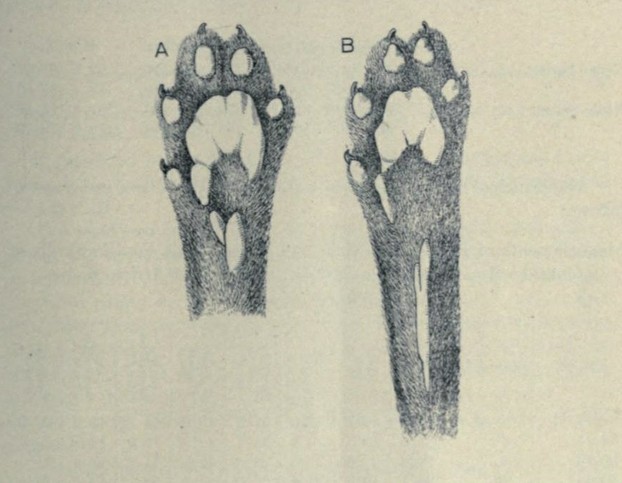
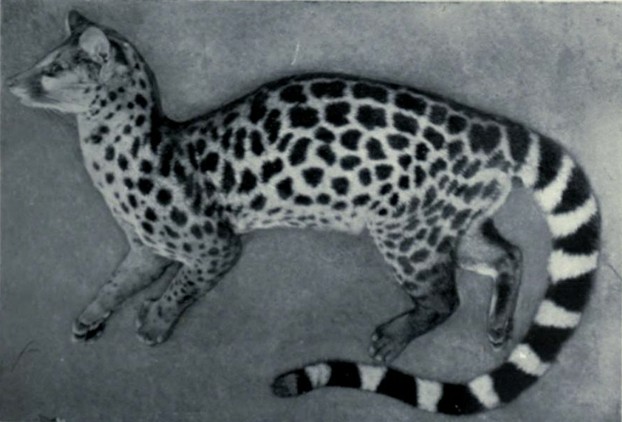
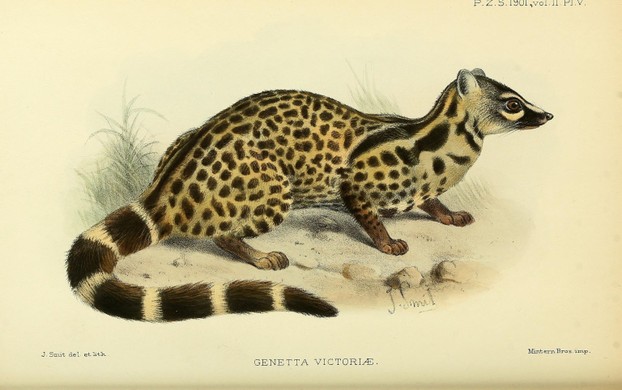
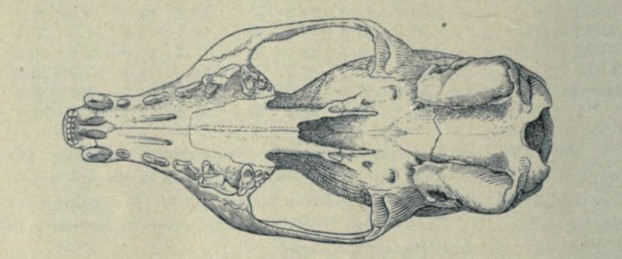







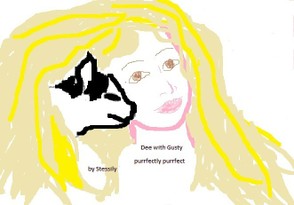
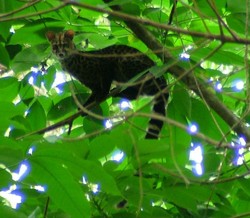

 Are Hawaiian Huakai Po Nightmarchers Avenging Halloween Thursday?on 10/02/2024
Are Hawaiian Huakai Po Nightmarchers Avenging Halloween Thursday?on 10/02/2024
 Mailing Addresses for 2023 Form 4868 Extending 1040 and 1040SR April 15, 2024, Due Dateon 04/15/2024
Mailing Addresses for 2023 Form 4868 Extending 1040 and 1040SR April 15, 2024, Due Dateon 04/15/2024
 Mailing Addresses for 2023 Forms 1040 and 1040SR Filed in 2024on 04/15/2024
Mailing Addresses for 2023 Forms 1040 and 1040SR Filed in 2024on 04/15/2024
 Mailing Addresses for 2022 Form 4868 Extending 1040 and 1040SR April 18, 2023, Due Dateon 04/13/2023
Mailing Addresses for 2022 Form 4868 Extending 1040 and 1040SR April 18, 2023, Due Dateon 04/13/2023

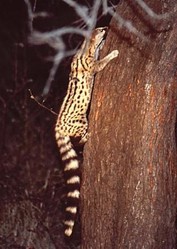
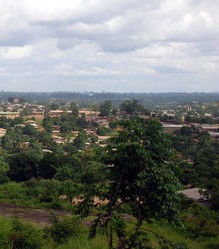
Comments
VioletteRose, Yes, certain genets are reminiscent of leopards but genets' various patterns are far more intricate than those of leopards.
Mira, Genets have beautiful patterning on their bodies and their lush ringtails. In addition to hunters killing them for fashion statements, they are also hunted as bushmeat and for ritualistic and/or medicinal purposes. Hunters who track and kill these elusive genets are quite chuffed with themselves for their successes.
I agree they look much like leopards!
I can see why some people may want their fur, especially as these animals are so elusive, as you say. Is their fur a prized commodity?